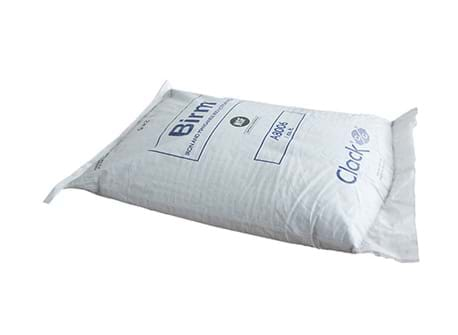 Iron and manganese occur naturally in water, especially groundwater Iron and manganese are undesirable in groundwater because of their effect on the appearance and taste of the water, and their ability to cause staining.
Iron and manganese occur naturally in water, especially groundwater Iron and manganese are undesirable in groundwater because of their effect on the appearance and taste of the water, and their ability to cause staining.
Neither of the elements causes adverse health effects; they are, in fact, essential to the human diet. However, water containing excessive amounts of iron and manganese can stain clothes, discolor plumbing fixtures, and sometimes add a "rusty" taste and look to the water.
Maximum allowable limits of them are listed below:
|
Mineral |
TSE 266 |
EU |
WHO |
|
Ferrous (Fe) |
0,2 ppm |
0,2 ppm |
0,3 ppm |
|
Manganese (Mn) |
0,05 ppm |
0,05 ppm |
0,1 ppm |
How iron and manganese are removed depends on the type and concentration, and this helps determine the best procedure and treatment system to use. Iron and manganese can be present in water in one of three basic forms: dissolved, particulate and colloidal. The predominance of one form over another is dependent on the water's pH. The two most common treatment methods are removal by oxidation/filtration and adsorbing onto ion exchange resins.



